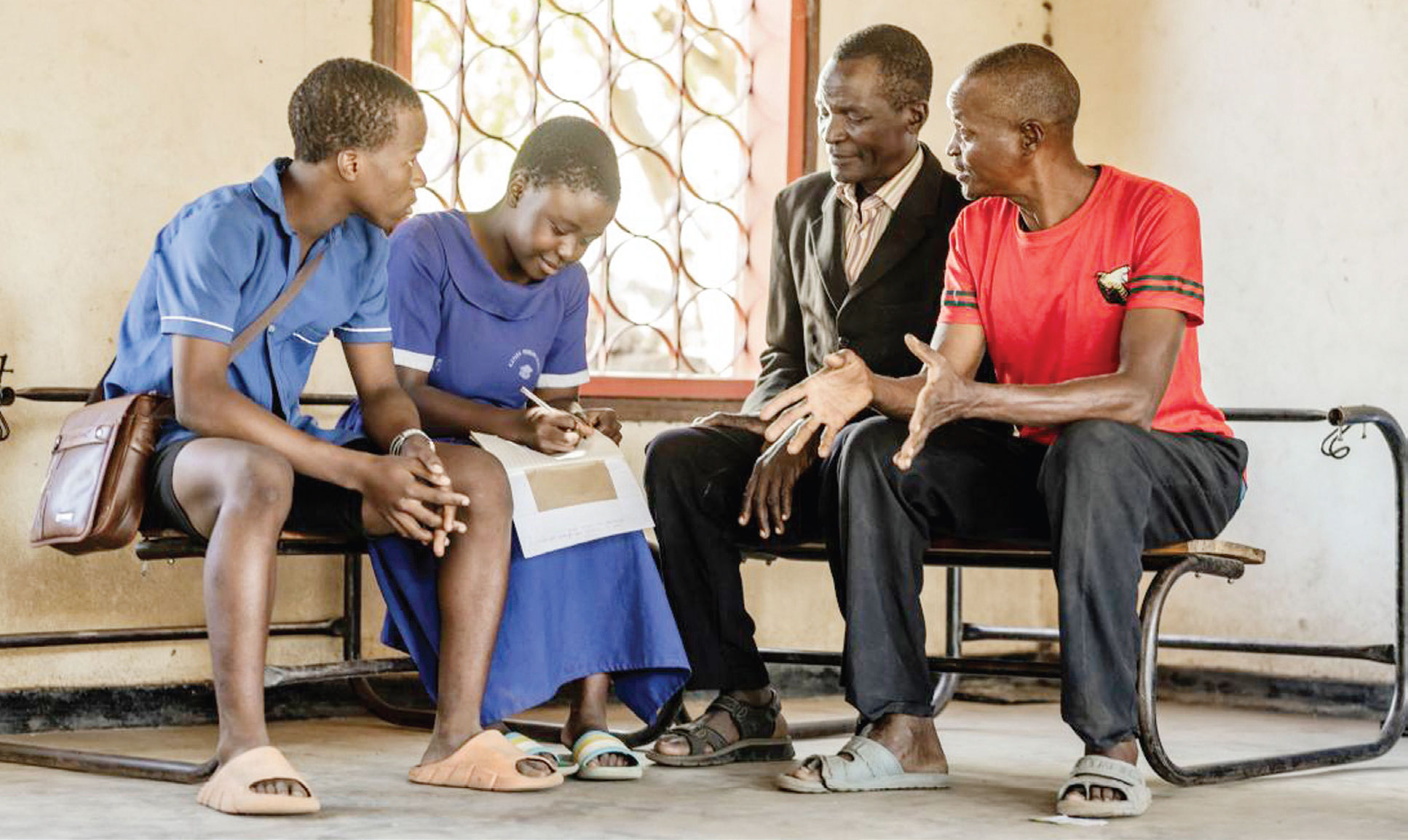Simplifying biological research with bioinformatics
Mention mathematics, computer science, statistics, physics and chemistry in most public schools today and watch the reaction on the faces of students in the country. The sciences are simply not popular among them.
Words like genome, chromosome, sequencing, mapping, mitochondria, genes and DNA may not only be Greek to many, but they have become hard to comprehend for the common mind when they go in pairs. Talk of DNA sequencing and genetic engineering, for example.
 Yet scientists claim such words are the epicentre of human existence. The genome is said to be the genetic material of an organism. In essence, we cannot talk of heredity (the likeliness between living things in a family set up) without mentioning genes, which basically are the physical and functional unit of heredity.
Yet scientists claim such words are the epicentre of human existence. The genome is said to be the genetic material of an organism. In essence, we cannot talk of heredity (the likeliness between living things in a family set up) without mentioning genes, which basically are the physical and functional unit of heredity.
Dr Philip Machanick, associate professor in the department of computer sciences at Rhodes University in South Africa, says bioinformatics complements biochemistry and other traditional lab techniques and reduces cost.
“Traditional wet-lab biology requires delicate equipment and expensive chemicals,” says Machanick.
Ministry of Health spokesperson Henry Chimbali confirmed in an interview that Malawi has few DNA Polymerase Chain Reaction (PCR) machines which are often used in biological and chemical labs in producing DNA copies; adding they are mostly for HIV testing.
“We only have a few in our central hospitals mainly because they are expensive to purchase and their running costs are also kind of prohibitive. Chancellor College and College of Medicine do have the technologies but they are mainly for academic purposes,” Chimbali said.
This is where bioinformatics, the art of involving computer software tools to manage, store, retrieve, organise and analyse biological data outside the wet lab, comes in. The cost of sequencing is said to have dropped over a million fold since human genome was first sequenced in 2000. And thanks to such strides in the last decade or so, the same process can only cost one some $1 000 (about K400 000), with results within 24 hours.
Machanick says coupled with the continuing downward spiral of the cost of computing, bioinformatics is not only growing fast but also becoming increasingly affordable in developing countries.
“Part of this affordability arises from a large number of freely available data sets, making it possible to do research without having to start from the wet lab,” he says.
Bioinformatics, a multidisciplinary field is relatively new in Africa and more so in Malawi; hence barely recognised.
Dr Benjamin Kumwenda, a bioinformatics postdoctoral fellow with the Malawi-Liverpool Welcome Trust Clinical Research Programme, says bioinformatics research also helps in finding new ways to maximise production in both plants and animals.
“Paternal tests and forensic science are some of the areas that can benefit from deliberate policies aimed at promoting bioinformatics in the country; both as an area of study and a profession. Bioinformatics research also helps in finding new ways to maximise production in both plants and animals,” says Kumwenda.
“Bioinformatics help people understand our genetic influence for chronic non communicable diseases such as diabetes, obesity, high blood pressure which are said to be the emerging epidemic of the developing countries. The World Health Organisation (WHO) estimates that these may be the major cause of death by 2030,” he said.
But Malawi seems not to be noticing this otherwise equally important sector. For instance, the country has only five known qualified bioinformaticians. These include Dr Vayisolo Nyirongo, Richard Munthali, Patrick Musicha and Chrispin Chaguza.
“Bioinformatics could be viewed at user level and expert level. There are so many biologists, biochemists, clinicians or microbiologists who are applying bioinformatics tools in their work,” he said.
Though not yet popular, bioinformatics can greatly benefit Malawi in the long-run. In agriculture, scientists say bioinformatic techniques can be used to identify genetic factors in crops that could either survive drug or resist some diseases so that breeding of those crops could be promoted.
Munthali, currently studying for his PhD in bioinformatics, says there is a lot of data available from which useful solutions can be derived cheaply.
“For example, Genome Wide Association studies can be applied to determine genetic factors, which could inform why certain diseases prefer a certain group of people. We can use computer algorithms on existing data to determine the prevalence of ART drugs for HIV and Aids patients, which could inform better drug administration. There is no need starting administering a drug to someone who has potential resistance to it,” says Munthali.
He says bioinformatics use computers to solve those problems and predict results before doing actual tests.
Historically, it has been reported that diseases of the poor have not attracted the same level of research as diseases of the rich. In Africa, bioinformaticians, as professions are called, are said to be especially interested in the prevention and cure of tuberculosis, malaria and HIV. Cost-effective methods for understanding the mechanisms of these diseases aid in prevention and in identifying new drugs.
But Malawi needs to give the field the attention it deserves by adopting deliberate policies in promoting bioinformatic research, as Kumwenda observes.
Meanwhile, the Malawi-Liverpool Trust plans to run an Introduction to Bioinformatics Course from 28 to 29 August in Blantyre to help create awareness among the general scientific community.





